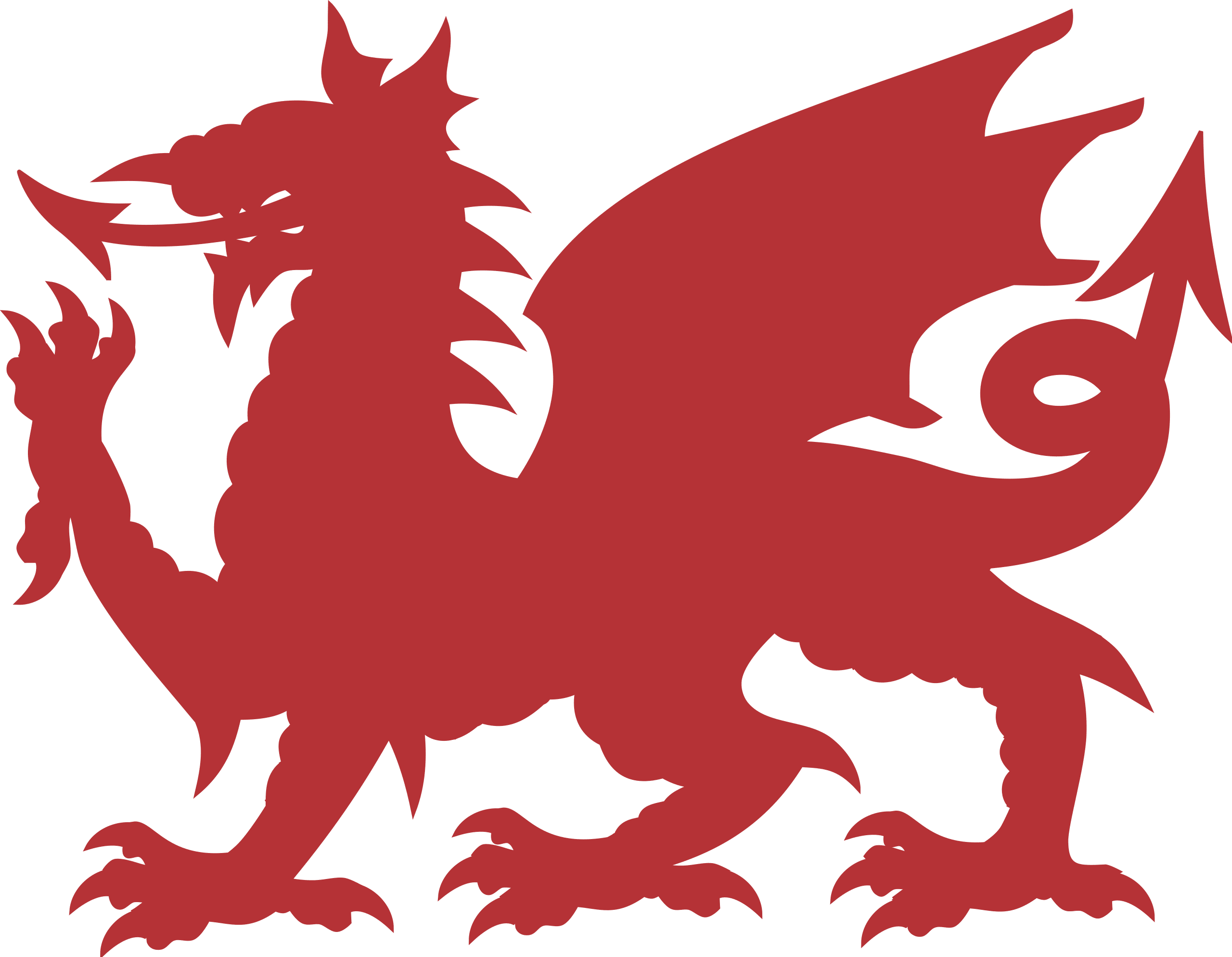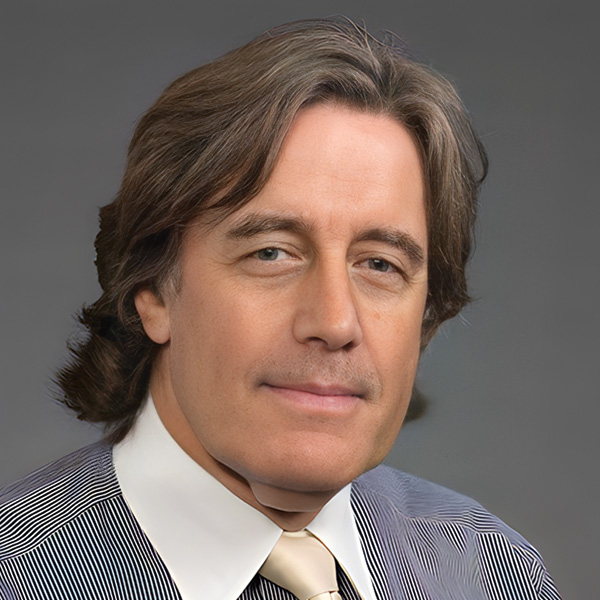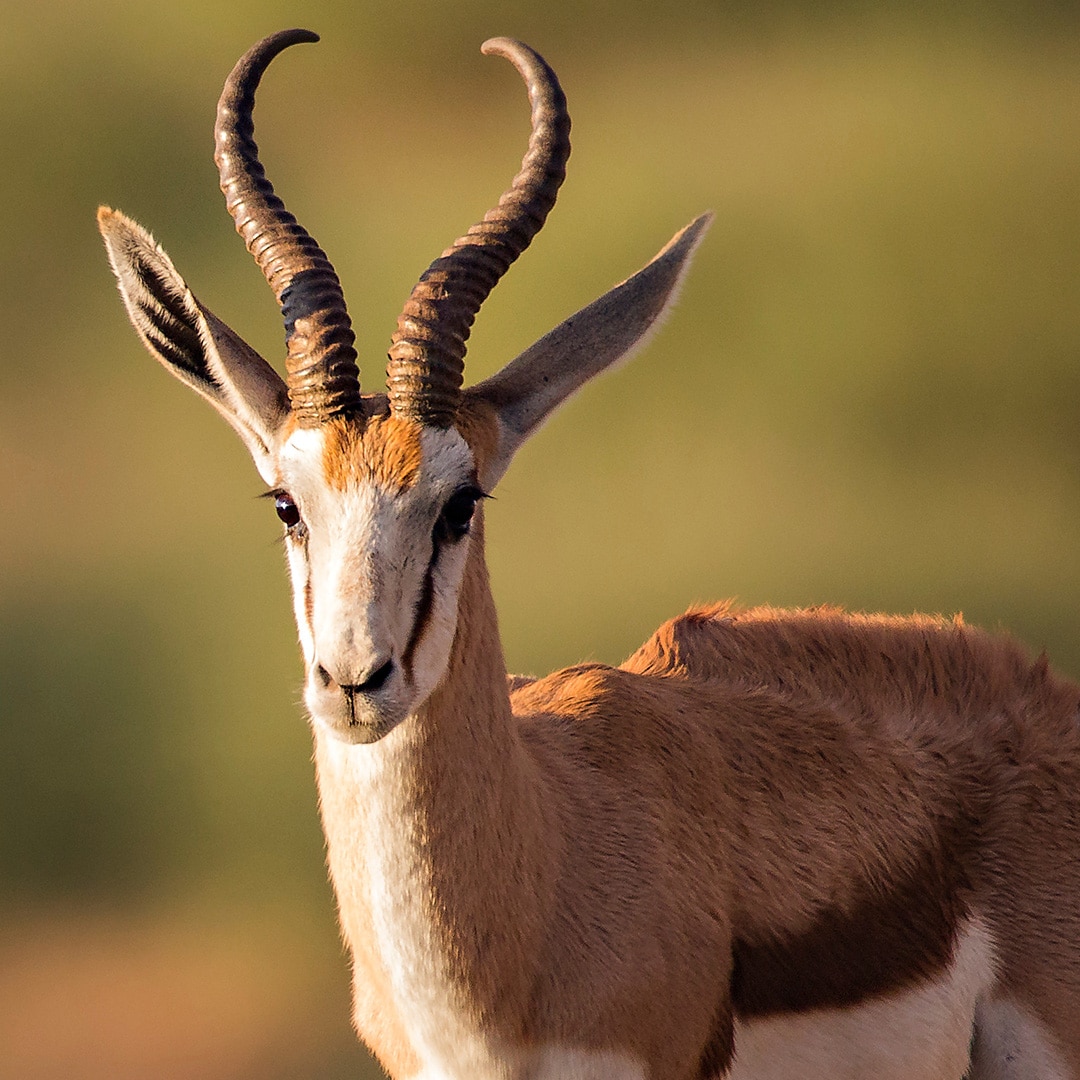Ebony was the colour of a star-less, moon-less night in Wales, the country of my childhood
Ebony was the colour of the rozzer’s truncheon in my adopted city of Liverpool
You didn’t see either, they were so dark
So why is Ebony such a bright light in the Cape art scene?
In the long-lost, maybe mythical, tribes of Namebony
Families dwelt in caves, using pigments of ochre, charcoal and terra rossa
To paint and engrave peoples and animals on their walls
Durable testament to the indigenous culture
The rock art was good, but immovable
When they became hunters and gatherers
Migrating in all directions
They left their images behind, for wonderment centuries later
Some artists were better than others, loathe to forego masterpieces
They invented the canvas, cured from the skin of gemsbok
Infused with clays from the Kalahari pans
Perfect, portable, paintings for posterity
But it was more than that, a mystical aura attached to the best
Gave value to the created visions in the grasslands and desert
Used to barter with the marauding San and Maasai
For the best food, slaves and decorations
A young Dewald was brought up in this milieu
Who saw the artistic value, but no-one could measure the quality
He conceived a currency to deal fairly in the exchanges
One Namrand for one wild dog face
Dewald traded his own acquired art and carefully earned his place
Ten Namrands gave him silver, the Agrand
Twenty Namrands yielded him gold, the Aurands
Then, as he reached his fiftieth, he acquired one Ebonyrand, or just Ebony
Quality yielded fame and exhibitions
The Ebony was curated and admired over Africa south
But is Dewald cured, will impressionist wild dogs
Tame him, or is there no limit to creation in that Cape
Winston-Salem, North Carolina, USA, November 2022


